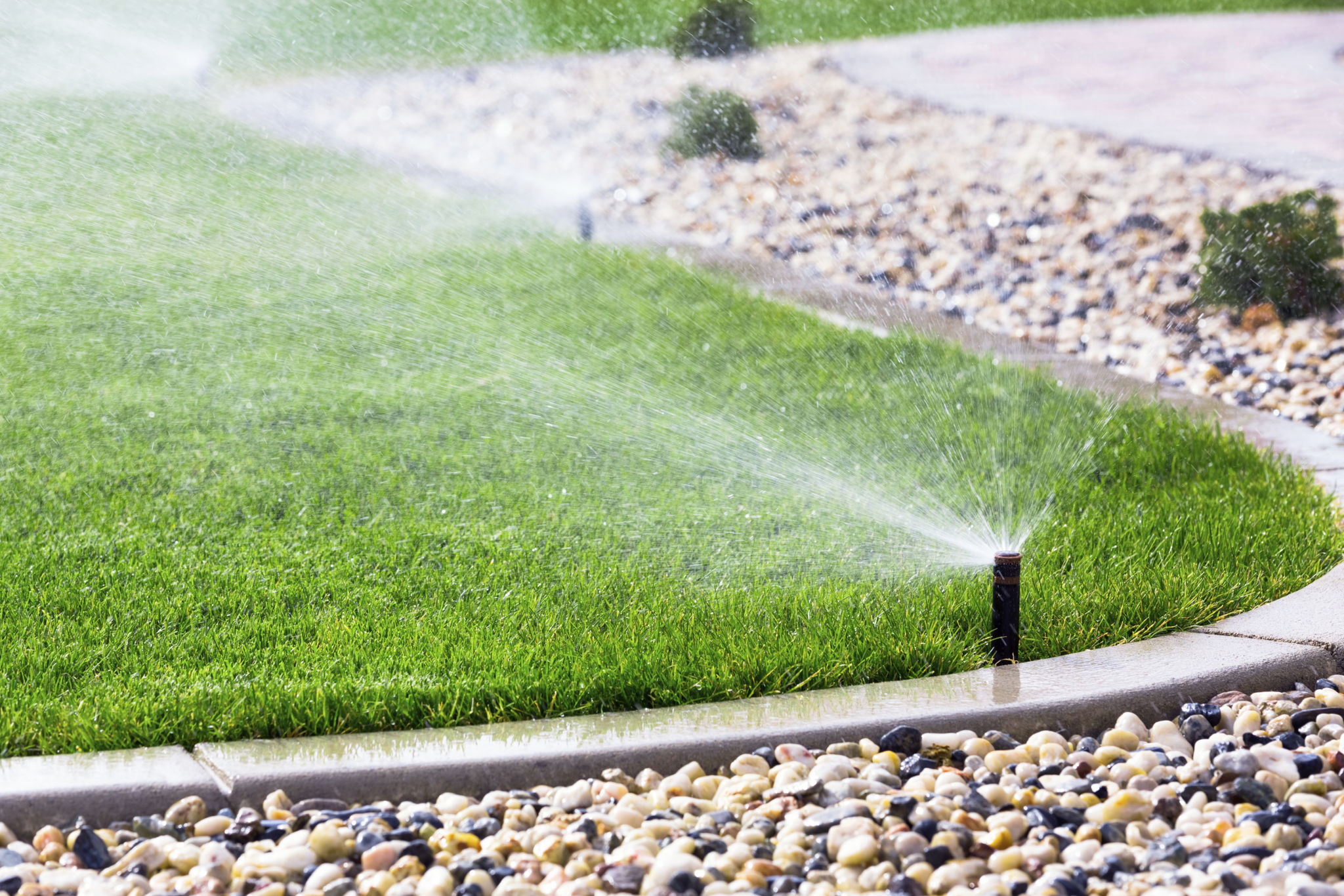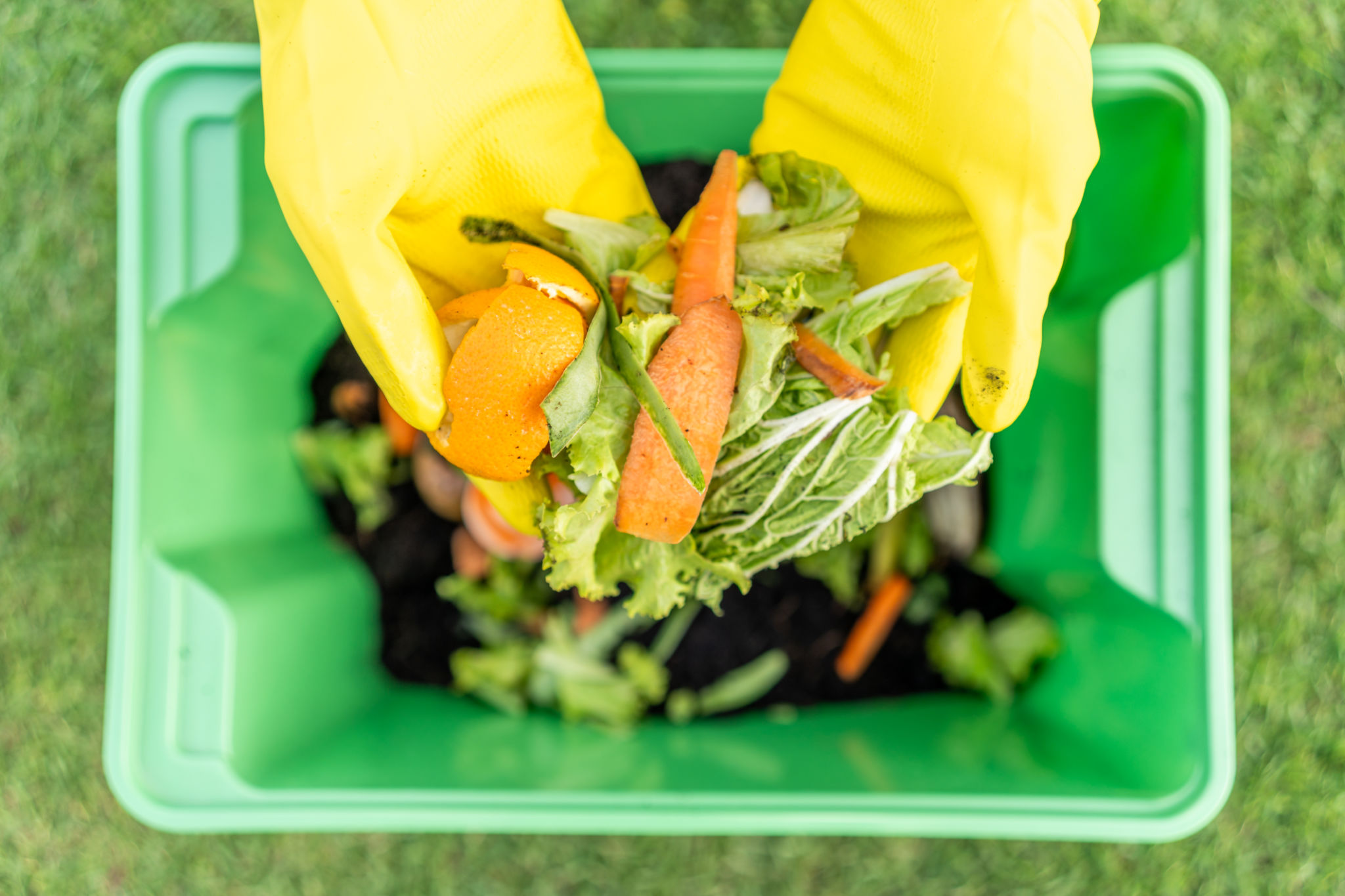Understanding Local Regulations for Landscaping in Staten Island
Introduction to Landscaping Regulations
Landscaping in Staten Island is not just about creating visually appealing outdoor spaces; it involves adhering to specific local regulations that ensure safety, environmental sustainability, and community aesthetics. Understanding these regulations is crucial for both homeowners and professional landscapers.
These rules cover various aspects such as plant selection, water usage, and structural installations. By being compliant, you not only avoid potential fines but also contribute positively to the neighborhood and environment.

Choosing the Right Plants
Staten Island has specific guidelines regarding plant species that can be used in landscaping projects. Native plants are often encouraged because they require less water and maintenance, and they support local wildlife. Additionally, using non-invasive species prevents disruption to the local ecosystem.
Before starting your project, consult with local nurseries or the Staten Island Botanical Garden to ensure your plant choices are both compliant and sustainable. Doing so helps preserve the natural beauty of the area and supports biodiversity.
Water Usage and Irrigation Systems
Water conservation is a critical concern in Staten Island, and regulations are in place to manage water usage effectively. Installing efficient irrigation systems, such as drip irrigation, can help minimize waste. Homeowners are encouraged to utilize rainwater harvesting systems as an eco-friendly alternative.
Complying with these guidelines not only helps conserve water but can also reduce your utility bills. Ensure that any irrigation system installed is checked regularly for leaks or inefficiencies, which could lead to penalties.

Structural Installations and Permits
For those looking to include structural elements like decks, fences, or retaining walls, obtaining the necessary permits is a must. The regulations ensure that all structures are safe and do not negatively impact neighboring properties or the environment.
Engaging with local authorities early in the planning stages can save time and prevent costly mistakes. Compliance with zoning laws and building codes is essential to avoid legal issues down the line.
Waste Management and Environmental Impact
Proper disposal of landscaping waste is another important consideration. Staten Island regulations require that yard waste be separated from regular garbage. Composting is highly encouraged as it reduces landfill use and recycles nutrients back into the soil.
Additionally, minimizing the use of chemical fertilizers and pesticides is recommended to protect local waterways and wildlife. Opt for organic alternatives where possible to maintain a healthy ecosystem.

Conclusion
Understanding and adhering to local landscaping regulations in Staten Island ensures that your projects are safe, sustainable, and harmonious with community standards. By choosing the right plants, managing water usage wisely, obtaining necessary permits, and practicing responsible waste management, you contribute to a healthier environment and a more beautiful community.
For detailed guidance, consider consulting with local experts or visiting official Staten Island government websites. Being informed is key to successful and compliant landscaping projects.